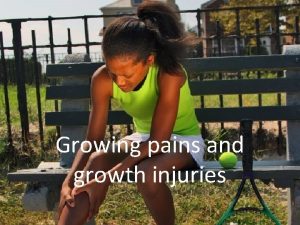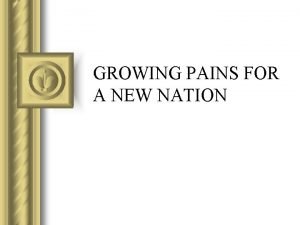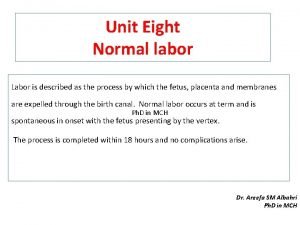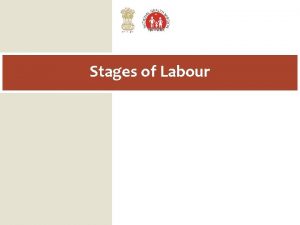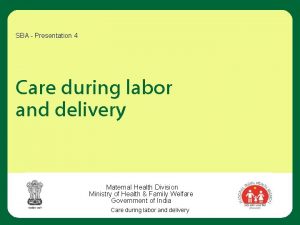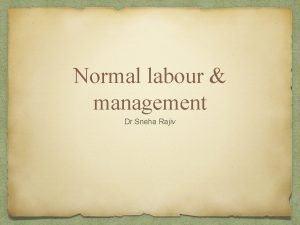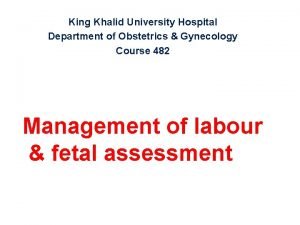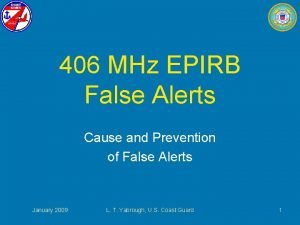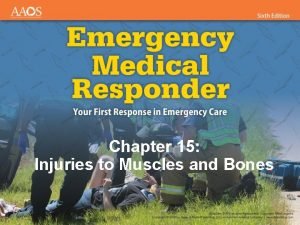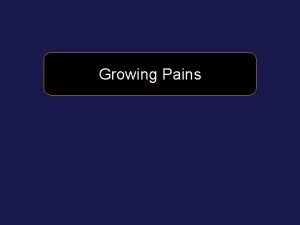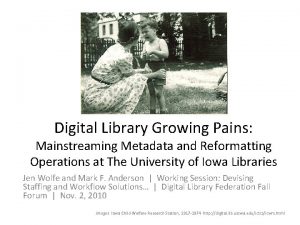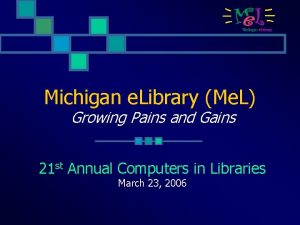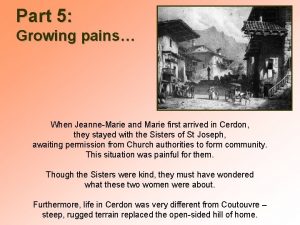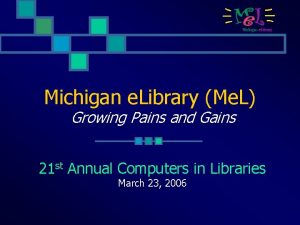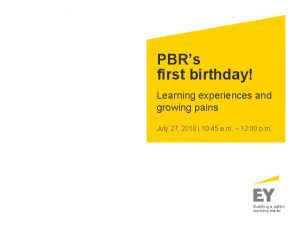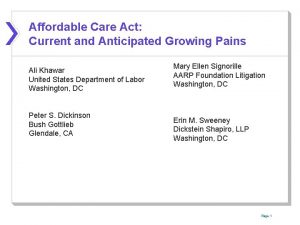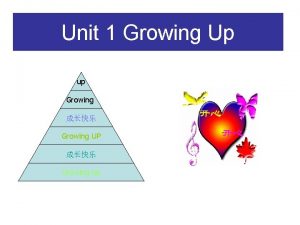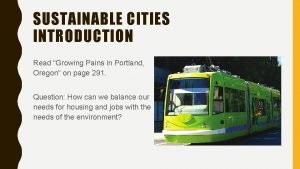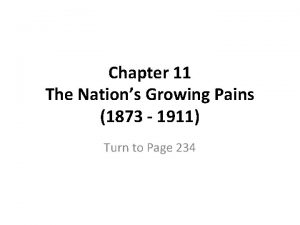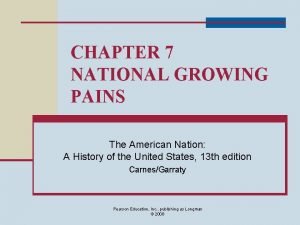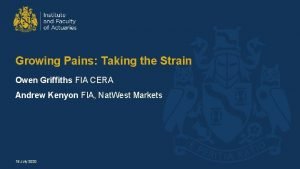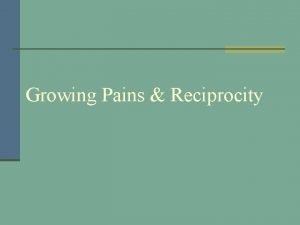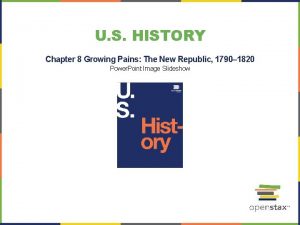Growing pains and growth injuries Do they exist























- Slides: 23

Growing pains and growth injuries

Do they exist? The reported pain is very real Relates to the rapidly growing skeletal tissue Muscles react to the growing bones Where the muscles and tendons insert are often the areas most sore • No damage occurs just inflammation • Best managed with heat, massage, light stretching, compression, analgesia, activity modification • •

Growth plate injuries

Heel Pain “Severs Disease”











When can the player return to running and sport? When there is no more swelling, resting pain They can load the area without pain, rock back on heels, hop, squat There is no limping For heel pain: 1. Modify running so less heel contact 2. Ice immediately after training 3. Ensure the modifiable factors are addressed for example Asics versus Nike 4. Reduce running volume through the week 5. Insert heel cup, orthotics, review boots, joggers 6. How sore during and afterwards? 7. Medication? 8. Planning the return to play 9. Periodisation altering the type, volume, intensity to reduce overuse injuries 10. Start of season going from thongs to boots 11. Whole leg and core need conditioning

Heel Pain Slowly increase running volume Reduce running Skills Return to match play Continue preventative routine Address modifiables Continue to train Non-weight bearing ex Can they: Walk on heels Hop Run on toes Function & strengthen

Osgood Schlatters Disease






Red Card Yellow Card Green Card Coloured card system for return to sport
 Do growing pains exist
Do growing pains exist Growing pains for the new nation
Growing pains for the new nation Growing pains for the new nation
Growing pains for the new nation True labour contractions
True labour contractions True labour pains
True labour pains True labor pains
True labor pains Dr sneha sood
Dr sneha sood Breast abscess treatment
Breast abscess treatment Biophysical profile scoring
Biophysical profile scoring Pains wessex epirb battery replacement
Pains wessex epirb battery replacement Tender nipples sign of pregnancy
Tender nipples sign of pregnancy Relative growth rate equation
Relative growth rate equation Monocot vs eudicot
Monocot vs eudicot Primary growth and secondary growth in plants
Primary growth and secondary growth in plants Chapter 35 plant structure growth and development
Chapter 35 plant structure growth and development Step growth polymerization vs chain growth
Step growth polymerization vs chain growth Geometric exponential growth
Geometric exponential growth Neoclassical growth theory vs. endogenous growth theory
Neoclassical growth theory vs. endogenous growth theory Difference between organic and inorganic growth
Difference between organic and inorganic growth Unit 15:6 providing first aid for burns
Unit 15:6 providing first aid for burns A short backboard or vest-style immobilization
A short backboard or vest-style immobilization Chapter 21 caring for head and spine injuries
Chapter 21 caring for head and spine injuries Chapter 15 injuries to muscles and bones
Chapter 15 injuries to muscles and bones Chapter 14:3 observing fire safety
Chapter 14:3 observing fire safety
